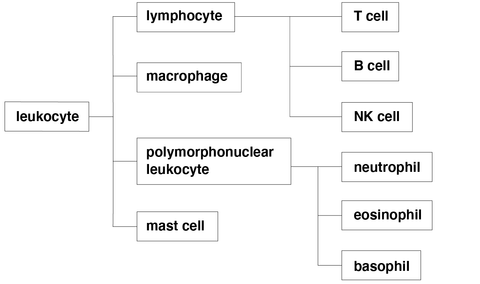Is hay fever related to oxidative stress?
March 9, 2021
Is hay fever related to oxidative stress?
Hay fever, one of the most common allergic diseases, is said to be caused by cedar pollen, which is also related to oxidative stress.

What is hay fever, anyway?
The Ministry of the Environment’s website explains it like this.
-Pollen
Hay fever is a foreign body reaction to pollen entering the body. This is called an immune response. In other words, the body recognizes pollen that has entered the body as a foreign substance, and produces antibodies against this foreign substance (antigen) in an attempt to eliminate the pollen that has re-entered the body.
-Pollinosis
Reference: Ministry of the Environment website: Hay Fever Environmental Health Manual – revised January 2014
It’s a bit difficult to understand… Let me explain it simply.
In order to eliminate foreign substances (pollen) that have invaded the body, a foreign substance reaction (i.e. immune reaction) is triggered.
However, when this immune response becomes excessive and works in a negative way, it is called allergy.
So why does this immune response work in a negative way?
The cells that trigger the immune response are called “white blood cells”. You’ve heard of them, right? These are also called immunocompetent cells. Here are the main types of white blood cells.

There are many types of white blood cells.
Among them, macrophages, T cells, and B cells play a major role in the immune response.
First of all, macrophages, are scavengers that eat and digest dead cells and their fragments, degenerated substances generated in the body, invading bacteria, and other foreign substances. They also play a central role in the immune response.
After receiving the antigen presentation and recognizing it as an invader, the helper T cells activate killer T cells and B cells to attack the invader.
These helper T cells themselves do not attack foreign substances, but play the role of a command center for other immune cells. Killer T cells and B cells are the ones that actually attack.
Killer T cells are responsible for killing foreign substances, and B cells are responsible for producing proteins called antibodies. When the antibodies catch the foreign substance and attach to it, the foreign substance cannot move and becomes non-toxic.
When the body is attacking the invader, cold symptoms such as fever and sore throat will occur.
What is happening in the cells in an allergic reaction?
Let’s take a look at what happens in an allergic reaction such as hay fever.
First, macrophages take in pollen that has entered the body and transmit it to helper T cells.
The helper T cells that receive the antigen presentation become Th2 cells and inform B cells about the pollen, which then become plasma cells and produce IgE (immunoglobulin E), an antibody that causes hay fever.
In case of viral or bacterial invasion, helper T cells become Th1 cells, and B cells produce IgM, IgG, and IgA antibodies.
As explained earlier, antibodies are substances that catch foreign substances that enter the body under the immune system and react to them by attaching to them. This is an allergic reaction.
The balance of immune cells causes allergic reactions
Allergic reactions do not occur when the immune system is in balance, but allergic reactions occur when the immune system is out of balance and Th2 cells increase too much.
What is now attracting attention are T cells called “T-regulatory cells,” which are a group of T cells that suppress abnormal immune responses and make them appropriate. In other words, these cells have a braking function for excessive immune responses. These T cells are said to hold the key to the cure of allergic diseases.
These T-regulatory cells are also a type of helper T cell. When viruses or bacteria invade the body, helper T cells become Th1 cells, and when allergens such as dust or pollen invade the body, helper T cells become Th2 cells.
Th1 cells secrete “Th1 cytokines (bioactive substances)” such as IFN-gamma (interferon gamma) to activate B cells, while Th2 cells secrete “Th2 cytokines (bioactive substances)” to activate B cells. “Th2 cytokines (bioactive substances)” are substances such as IL-4 (interleukin 4). On the other hand, T-regulatory cells secrete inhibitory cytokines such as IL-10 (interleukin 10) and TGF-beta (transforming growth factor-beta), which are thought to have the function of suppressing excessive immune responses.
Immune Balance and Oxidative Stress
However, oxidative stress is thought to be one of the causes of these immune imbalances. As explained in another article, white blood cells are the most vulnerable to oxidative stress substances (reactive oxygen species).
White blood cells, which are in charge of our immune system, are easily damaged by oxidative stress. In other words, as the body rusts, the immune cells that maintain balance are damaged, and the immune balance is destroyed, making it easier to develop allergies. This is a very big reason why hay fever occurs.

